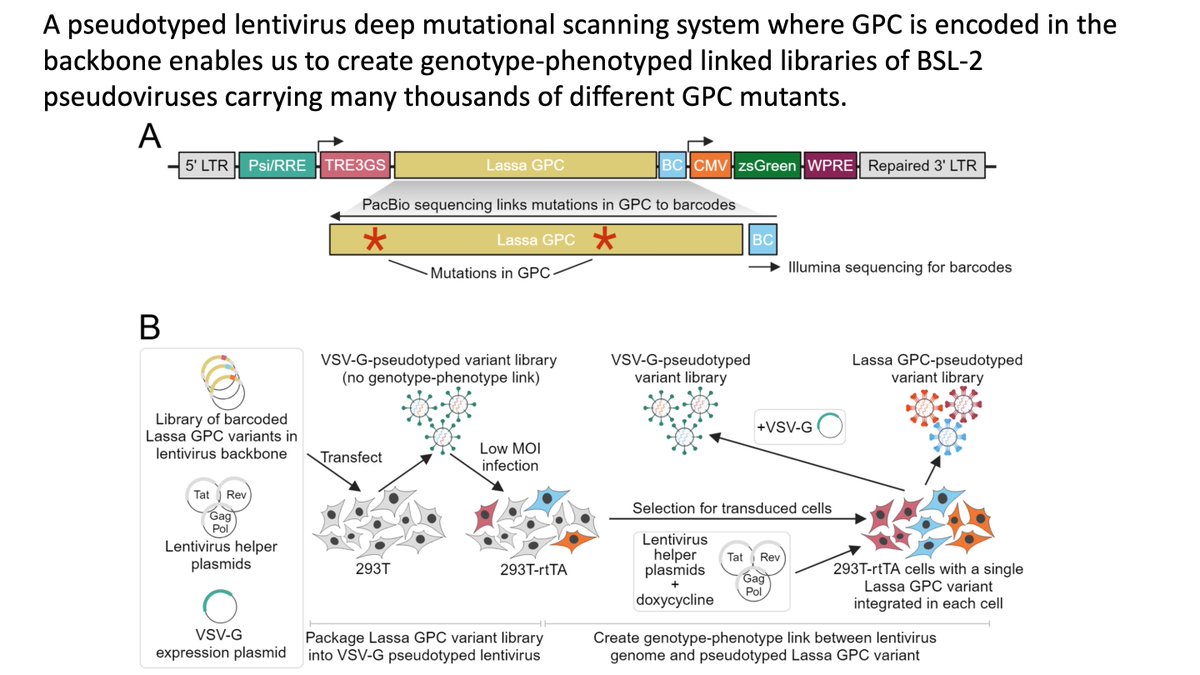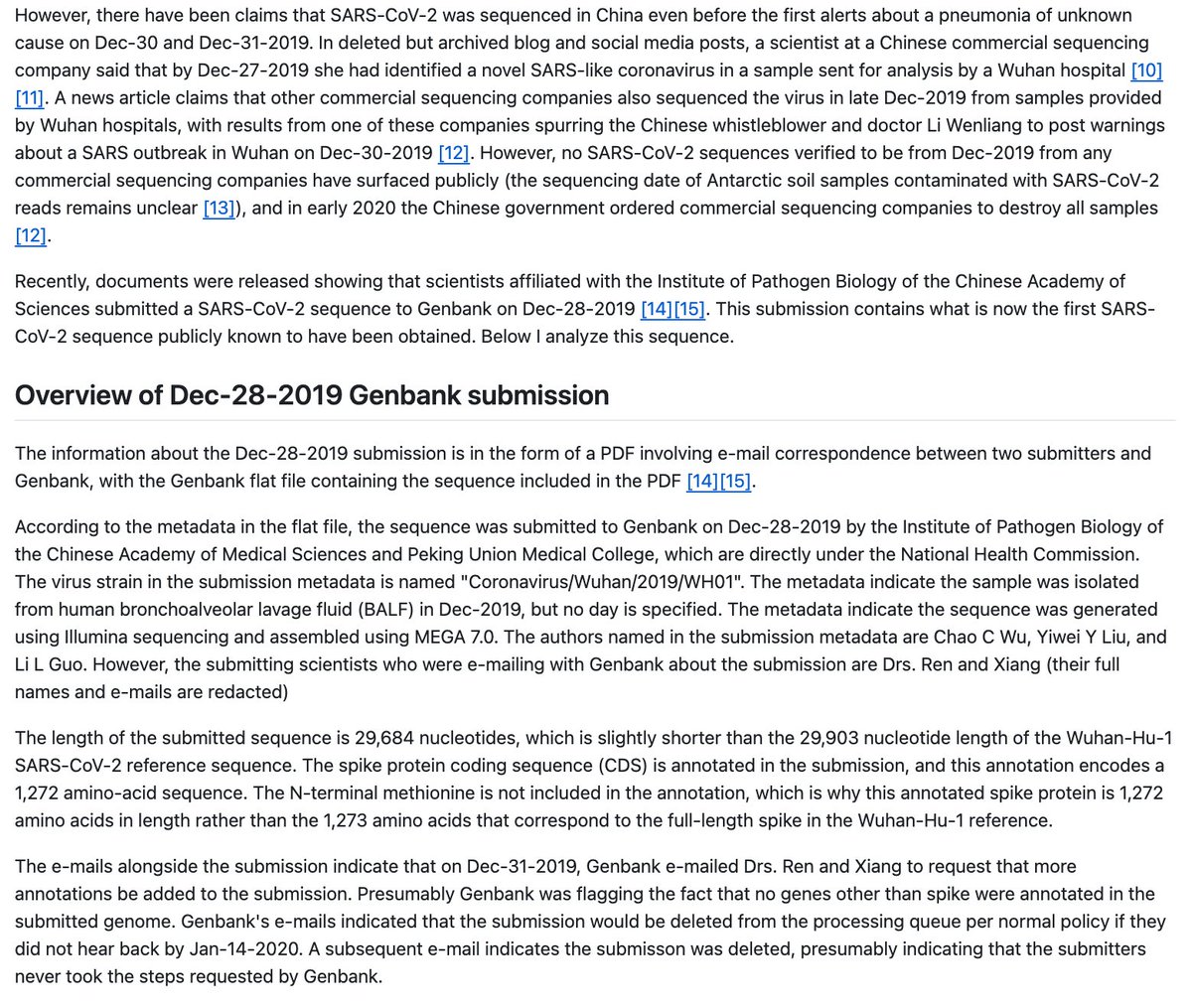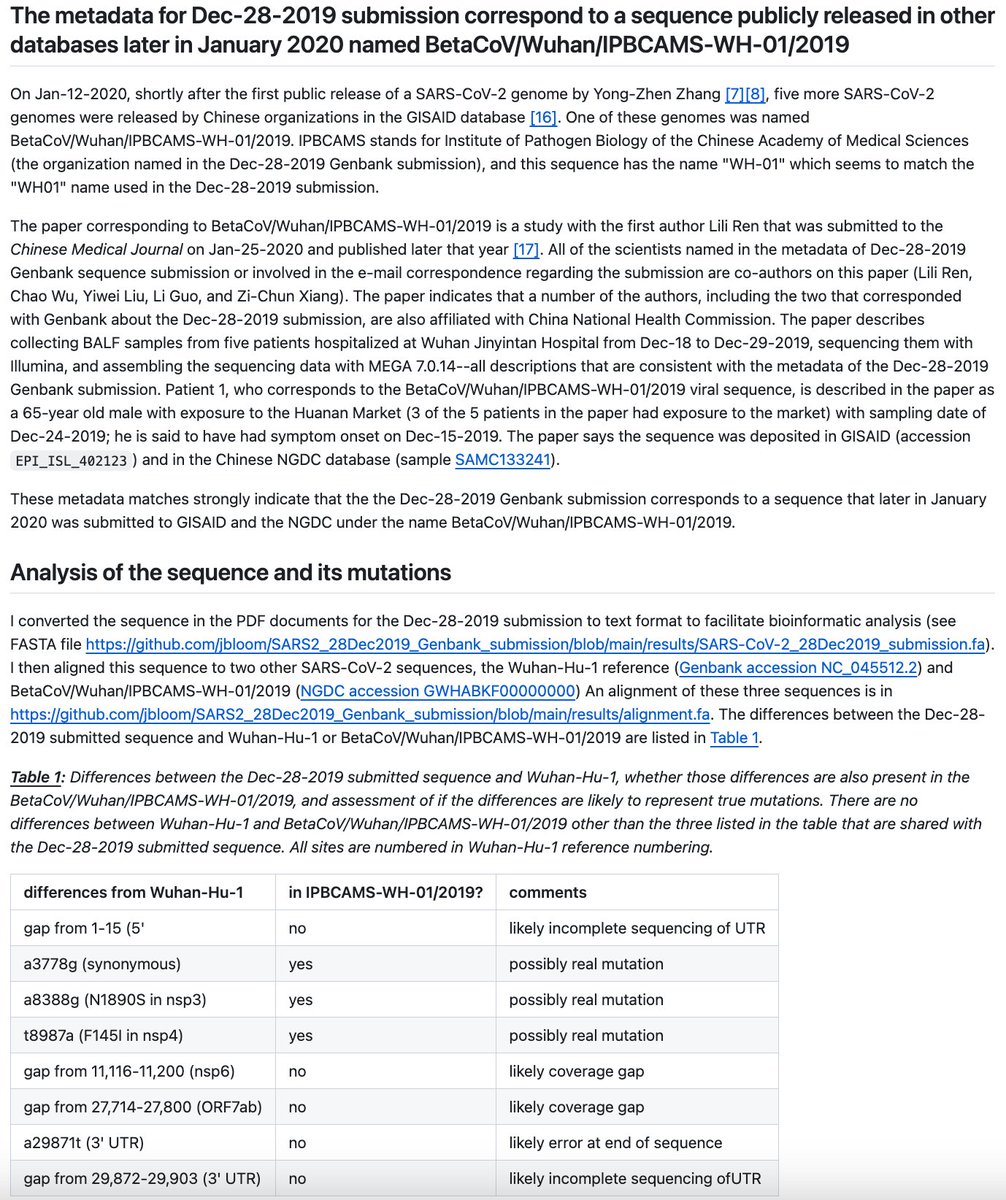This new #SARSCoV2 Omicron subvariant (BA.2.75) flagged here by @PeacockFlu is worth tracking, as it has appreciable antigenic change relative to its parent BA.2. Key mutations: G446S & R493Q
Here is summary of what those mutations imply for antibody escape & ACE2 affinity (1/n)
Here is summary of what those mutations imply for antibody escape & ACE2 affinity (1/n)
https://twitter.com/PeacockFlu/status/1542501382678147072
As I discussed last month, G446S is at one of most potent sites of escape from antibodies elicited by current vaccines that still neutralize BA.2:
https://twitter.com/jbloom_lab/status/1527872408652111872So for immunity from vaccines or early infections, adding G446S to BA.2 will decrease neutralization (2/n)
However, G446S will have less effect on antibodies of people with prior BA.1 breakthrough infection:
https://twitter.com/jbloom_lab/status/1527872414528376832. Therefore, BA.2.75's antigenic advantage relative to BA.2 will be most pronounced in people who have NOT had BA.1 exposure. (3/n)
For comparison, BA.4/5 has ~3-fold drop in neutralization relative to BA.2. Our antibody-escape calculator (academic.oup.com/ve/article/8/1…), suggests BA.2.75 will have similar drop in people w/o BA.1 breakthrough infection, but less of a drop in people w prior BA.1 infection (4/n)
The difference is because BA.4/5 have F486V mutation (which escapes antibodies from both current vaccine & BA.1 breakthrough), whereas BA.2.75 lacks F486V but has G446S (which escapes antibodies from current vaccine but less so from BA.1 breakthrough). (5/n)
There is also an evolutionary role for R493Q, which is in both BA.2.75 & BA.4/5. This mutation is reversion of Q493R that occurred earlier in BA.2's evolution. R493Q is NOT a major antigenic mutation, but enables both F486V (in BA.4/5) and G446S (in BA.2.75). (6/n)
Specifically, our deep mutational scanning (w @tylernstarr @AllieGreaney:
https://twitter.com/jbloom_lab/status/1536857763036340224) shows both G446S & F486V decrease ACE2 affinity of BA.2 (by -0.1 & -0.5 log10 Kd, respectively). But R493Q buffers these mutations by increasing ACE2 affinity by 1.1 log10 Kd. (7/n)
In general, ACE2-affinity enhancing mutations like R493Q (and previously N501Y) are often found with antibody-escape mutations because they buffer the cost of affinity-decreasing escape mutations:
https://twitter.com/jbloom_lab/status/1536857766202986496(8/n)
Note my above analysis only relates to antibody escape. Success of any variant also depends on inherent transmissibility, which is hard to measure experimentally & can only be estimated once there is sufficient epidemiological data to see how it fares in human population (9/n)
But based on limited info so far, I agree with @PeacockFlu that BA.2.75 is worth monitoring. It will have antibody escape that is similar to that for BA.4/5 with respect to current vaccine (hopefully those Omicron vaccine updates are coming soon...) (10/n)
Also, see this thread (& associated paper) by @jianfcpku describing work w @yunlong_cao, Sunney Xie, et al that provides most of deep mutational scanning data on which my above analysis is based, and also highlights importance of site 446:
https://twitter.com/jianfcpku/status/1537835980450803712(11/n)
Finally we should be glad that G446S in BA.2.75 is not on BA.4/5 background w F486V. Most concerning antigenic variant would have mutation at site 486 plus one at site like 346, 444, or 446 (
https://twitter.com/jbloom_lab/status/1527872349797642241), such as if G446S instead arose on BA.4/5 background (12/n)
Also @SolidEvidence flags N460K (in BA.2.75) as also in cryptic wastewater lineages
In our deep mutational scanning of BA.2 RBD, N460K increases both ACE2 affinity (+0.2 log10 Kd) & RBD expression (a proxy for stability). See jbloomlab.github.io/SARS-CoV-2-RBD…
https://twitter.com/SolidEvidence/status/1542538288375791616
In our deep mutational scanning of BA.2 RBD, N460K increases both ACE2 affinity (+0.2 log10 Kd) & RBD expression (a proxy for stability). See jbloomlab.github.io/SARS-CoV-2-RBD…
• • •
Missing some Tweet in this thread? You can try to
force a refresh
















